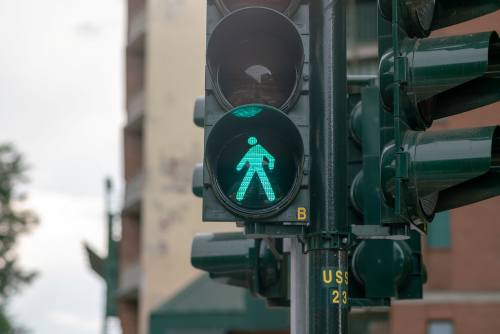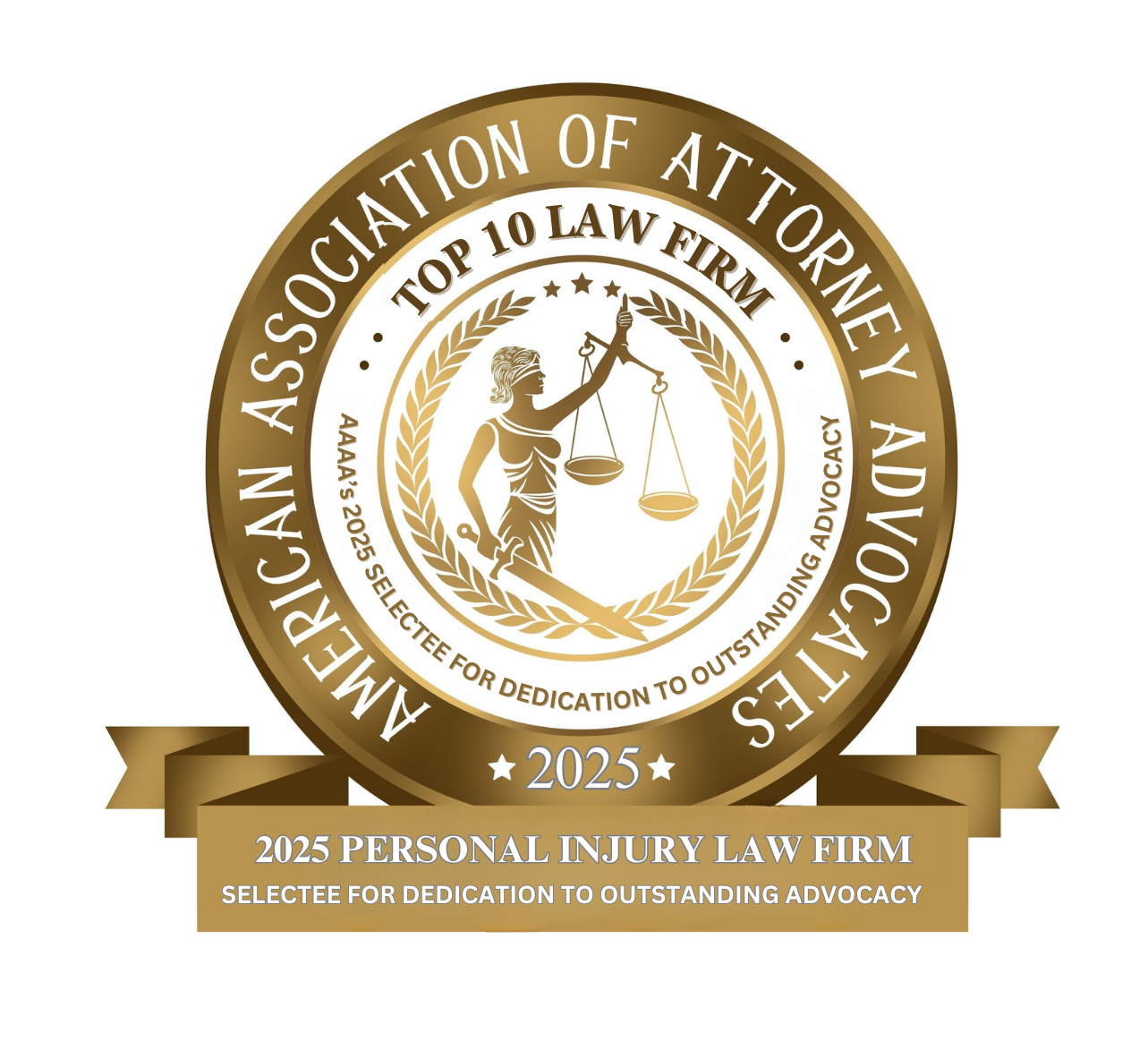- Free Consultation: (630) 527-4177 Tap Here to Call Us
How Insurance Companies Undervalue Pedestrian Accident Cases

Pedestrian accidents can result in life-altering injuries, long-term disabilities, and even death. Despite the severity of these incidents, many victims find that insurance companies are quick to downplay the value of their claims. At John J. Malm & Associates, our Illinois pedestrian accident attorneys have seen firsthand how insurers minimize the impact of these crashes on victims’ lives. Understanding why and how this happens is essential to fighting back—and ensuring you receive the compensation you deserve.
The Scope of Pedestrian Accidents in the U.S. and Illinois
According to the National Highway Traffic Safety Administration (NHTSA), 7,522 pedestrians were killed in traffic crashes in the United States in 2022—an average of 20 deaths per day. This figure represents a 13% increase from 2021, making it one of the deadliest years on record for pedestrians.
In Illinois, pedestrian fatalities have also been on the rise. The Illinois Department of Transportation (IDOT) reported 224 pedestrian fatalities in 2022, a 12% increase from the prior year. Thousands more suffer serious injuries like traumatic brain injuries (TBI), spinal cord damage, fractures, and internal organ trauma.
Yet despite these numbers—and the devastating personal toll pedestrian accidents take—insurance companies consistently undervalue these cases.
Why Insurance Companies Undervalue Pedestrian Claims
1. Profit Motive
Insurance companies are for-profit entities. Their goal is to minimize payouts while maximizing their bottom line. This means offering low initial settlement offers, even when liability is clear and injuries are severe. According to the American Association for Justice (AAJ), major insurance companies like Allstate and State Farm have a documented history of using “deny, delay, and defend” tactics to wear down claimants and reduce compensation.
2. Bias Against Pedestrians
Insurers may blame pedestrians for the accident—even when the facts say otherwise. They may argue that the pedestrian was:
- Jaywalking
- Distracted (e.g., using a phone)
- Not visible due to dark clothing or nighttime conditions
These arguments are often speculative or exaggerated, but they’re used to reduce liability or shift blame.
In Illinois, the doctrine of comparative fault applies, meaning a plaintiff’s damages can be reduced if they are found partially at fault. If the pedestrian is more than 50% at fault, they recover nothing. Insurers use this as leverage to undervalue or deny claims altogether.
3. Downplaying “Invisible” Injuries
In many pedestrian accident cases, victims suffer injuries that are not immediately visible or easily quantifiable—such as:
- Traumatic brain injuries (TBIs)
- Post-traumatic stress disorder (PTSD)
- Chronic pain syndromes
- Depression or anxiety
These “invisible injuries” are often difficult to prove with imaging tests or objective data, which insurers exploit to dispute their severity or relation to the accident.
According to a study in the Journal of Neurotrauma, mild TBIs (commonly seen in pedestrian accidents) often go undiagnosed but can have lasting cognitive and emotional impacts. Insurance adjusters routinely minimize or disregard these conditions when evaluating claims.
4. Use of Biased Software and Algorithms
Many insurance companies rely on claims software, like Colossus, to calculate settlement values. These programs use preset formulas and data inputs to evaluate claims, often ignoring or undervaluing subjective factors like pain and suffering, long-term disability, or emotional trauma. When a pedestrian accident claim is run through these algorithms, the human element—and the true impact of the injury—is often lost.
5. Quick Settlement Tactics
Insurers often offer quick settlements before the full extent of injuries is known. This is particularly dangerous in pedestrian accident cases, where injuries may evolve over time. Accepting an early settlement can leave victims without the funds to cover future medical care or rehabilitation.
In fact, according to a 2019 study, over 60% of injured Americans report financial hardship related to out-of-pocket medical expenses. For a pedestrian with severe injuries, these costs can run into the hundreds of thousands—yet insurers may only offer a fraction of what’s needed.
Common Tactics Insurers Use to Undervalue Pedestrian Cases

Requesting Recorded Statements Early
Adjusters often ask for recorded statements shortly after the accident, when victims are still disoriented or in pain. Often, victims don’t have an attorney before giving these recorded statements. These statements can be used to dispute or twist facts later in the claim process.
Disputing Medical Treatment
Insurance companies frequently question whether the treatment received was “necessary” or “reasonable,” or whether injuries were pre-existing. They may also hire their own doctors to review records and issue opinions favorable to the defense.
Cherry-Picking Evidence
Adjusters often selectively use evidence that supports a lower value—such as highlighting minor discrepancies in witness statements or downplaying graphic photos of injuries.
Delaying the Claims Process
By dragging out negotiations, insurers hope to frustrate victims into accepting less. The longer the delay, the more pressure the injured party feels to settle quickly—especially if they are facing mounting medical bills or lost wages.
What Pedestrian Accident Victims Are Entitled To
Under Illinois law, injured pedestrians are entitled to compensation for both economic and non-economic damages, including:
- Medical expenses (past and future)
- Lost wages and loss of future earning capacity
- Pain and suffering
- Emotional distress
- Permanent disfigurement or disability
- Loss of enjoyment of life
In wrongful death cases, surviving family members may also pursue damages for:
- Funeral and burial expenses
- Loss of companionship
- Loss of financial support
Despite these legal rights, insurance companies rarely offer full compensation without legal intervention.
How a Lawyer Can Help Maximize Your Claim
Hiring an experienced Naperville pedestrian accident attorney can make a major difference in how your injury case is valued and resolved. Here’s how:
1. Thorough Investigation and Evidence Collection
A good attorney will obtain police reports, traffic camera footage, witness statements, and expert analysis (like accident reconstruction) to prove liability and damages.
2. Accurate Valuation of Damages
Lawyers understand the full scope of compensation you are entitled to, including future medical care, therapy, and loss of quality of life. They also work with economists and vocational experts to accurately calculate long-term costs.
3. Negotiation Power
Insurers take claims more seriously when they know the victim is represented by legal counsel. An experienced attorney can push back against lowball offers and negotiate for a fair settlement—or take the case to court if needed.
4. Litigation Experience
If a settlement cannot be reached, your lawyer can file a personal injury lawsuit and advocate for you in court. Data shows that injury victims with legal representation recover significantly more than those without.
What to Do If You’ve Been Hit as a Pedestrian in Illinois
If you or a loved one has been injured as a pedestrian in Illinois, it’s crucial to act quickly:
- Seek immediate medical attention, even if your injuries seem minor.
- Avoid giving recorded statements to the insurance company.
- Contact an experienced Illinois personal injury lawyer before accepting any settlement.
- Keep records of your medical treatment, missed work, and pain symptoms.
- Document the scene, if possible, by taking photos or securing surveillance footage.
Contact the Award-Winning Illinois Pedestrian Accident Lawyers at John J. Malm & Associates
At John J. Malm & Associates, we know how insurance companies work—and we’re here to fight for pedestrian accident victims across Illinois. We’ve helped clients recover full compensation for serious injuries and wrongful death claims, even when the insurance company initially offered far less than what was fair.
If you’ve been injured while walking, don’t let an insurance company minimize your suffering. Our dedicated Illinois pedestrian accident attorneys are ready to hold negligent drivers and insurers accountable. Contact us today for a free consultation. We’ll review your case, explain your rights, and help you secure the compensation you deserve.















